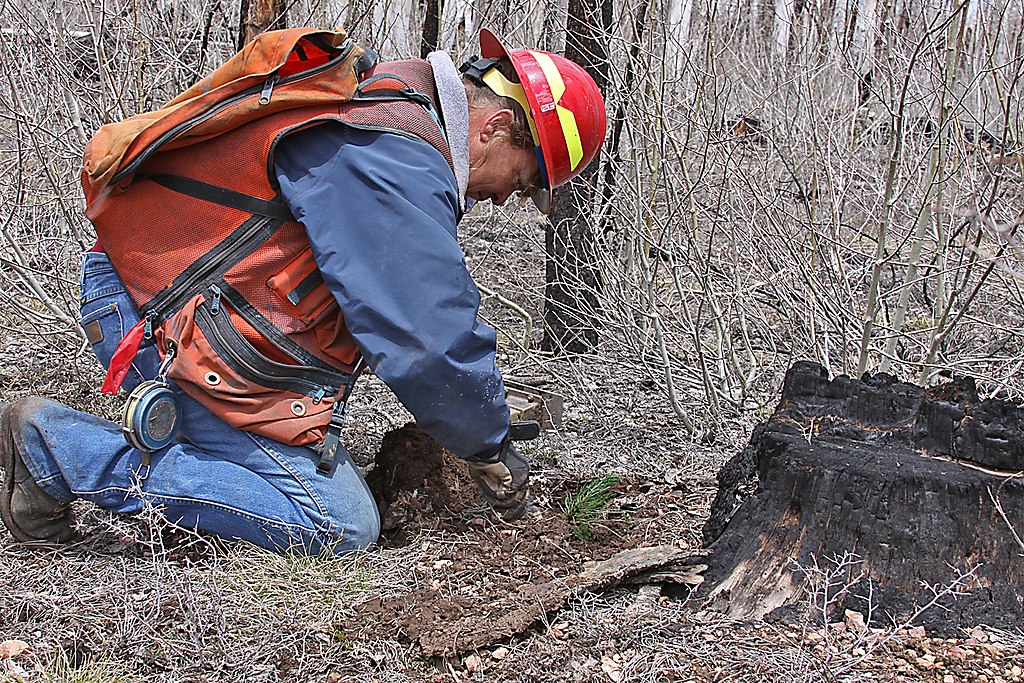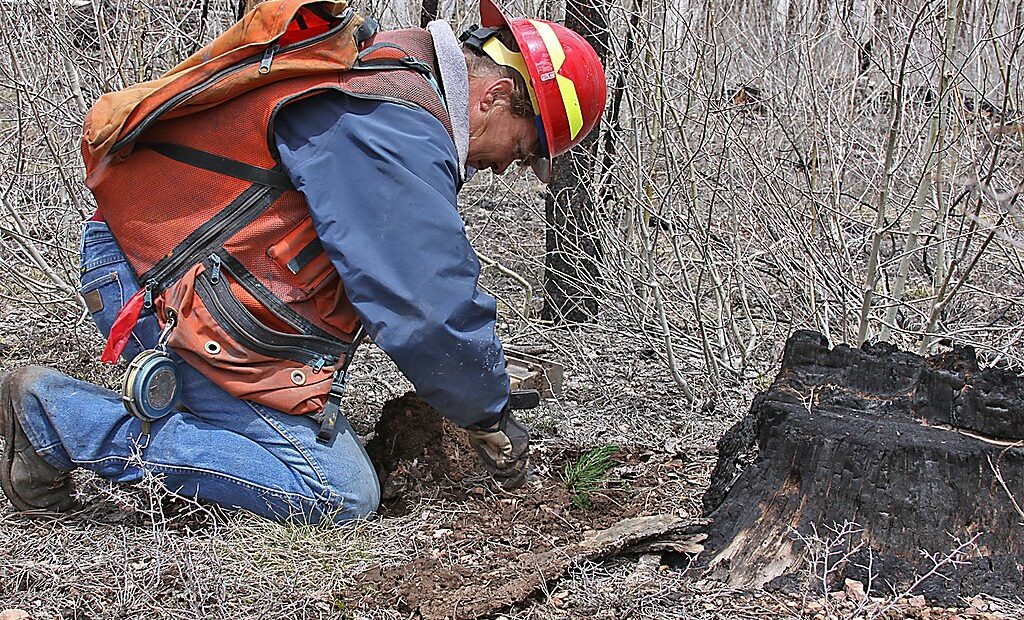
Is Fire Season Year-Round Now?
Listen
If you’ve been following wildfires across Washington, you are likely to use the Department of Natural Resources fire map webpage to get an idea of fires being managed. But go to that page now and you’d find a big message that says, “The fire season has ended, and this site will no longer be updated.”
Yet, there’s still fires burning across the state. There’s one large fire, the Schneider Springs near Naches, still being managed by the DNR, and other fires are nearing containment, but being monitored with active burning.
What we’ve moved into is actually a lower risk period, when wetter and cooler weather conditions make fire less likely to occur, so heightened public awareness isn’t as much a focus, says Russ Lane, the DNR’s fire operations chief.
Russ Lane: “We’re certainly making good progress right now in Western Washington, the chances that we’re having a significant fire are pretty minimal, just because we’ve gotten several rain storms.”
Hopefully later this month or early November, the precipitation will move over to the eastside of the state and Lane says fire operations can shift focus to preparations for next year.
But as fires still burn through late fall, recovery time is shortened and an off season seems to be slipping away. Time for crews to rest, for teams to analyze damage, for plans to be made for the next year, is getting compressed as fire seasons lengthen, Lane says.
Russ Lane: “Some folks in the wildfire business are starting to talk more about a fire a year that just has kind of peaks and valleys in it. And so certainly that traditional fire season I grew up with, that kind of June to September, has lengthened out.”
In fact, some working in wildfire management will tell you the concept of a fire season is outdated.
Lane says that now during the “shoulder seasons,” fall and spring, there’s more risk of fire and people need to be aware of this.
So, call it what you like, but fires don’t just burn in summer. As we transition into a period of less fire activity, recovery and preparation, here’s what’s going on. now.
Burned area emergency response teams or BAER, can start evaluating the damage done on a fire even before it’s fully contained. It can be helpful for them to see active burning to understand fire behavior. Then these teams are in a race against the clock to put mitigation efforts in place to prevent runoff and erosion before the first major rainfall. It’s tricky as fires burn later into the fall. Here’s Russ Lane again.
Russ Lane: “They’d like to get the mitigations in place before any kind of significant rainfall event. And then snowfall or freezing weather can really inhibit their success.”
Many of the fires that are burning now are nearing “full containment” which Lane says means the perimeter of the fire is completely encircled by fire line, and typically, the fuels between the fire line and the fire have burned out. But, a fire can be fully contained and still actively burning.
Russ Lane: “In the interior of those fires, which can be thousands of acres, you know, they’ll still be some active burning and things going on in there.”
And a fire is “out” when there is no longer any active burning, which for the larger fires won’t be until significant rainfall.
Related Stories:
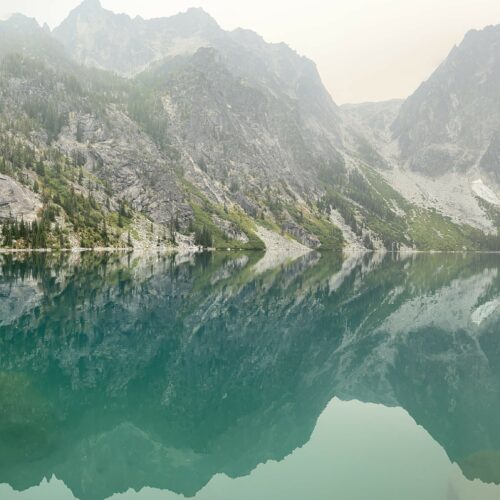
Trash piling up, wildfires too big to fight: What wild lands might look like without workers
Mountain peaks are reflected in the waters of Lake Colchuk, located in the Alpine Lakes Wilderness Area. Smoke from a nearby wildfire hangs in the air. (Credit: Theresa Rivers) Listen
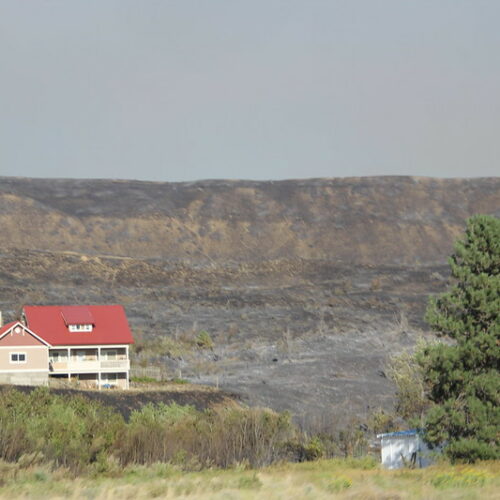
What to do if your insurance company says your home has too much wildfire risk
A home and outbuildings didn’t burn during a fast-moving fire. Some people are worrying more about homeowners policy cancellations in Washington state, as wildfire risk grows. (Credit: Bryan Flint /
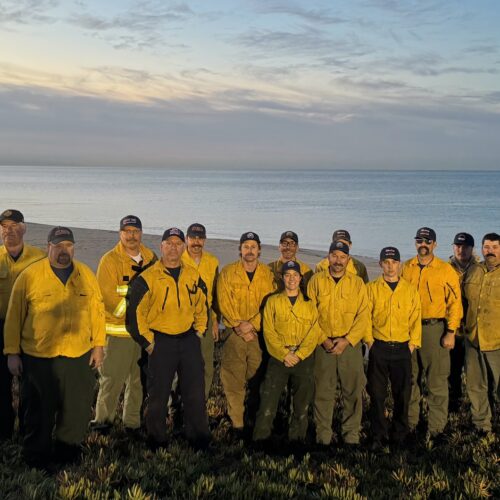
Final cohort of Idaho firefighters homebound after two weeks in California
Idaho Task Force Four poses for a photo near the ocean at the end of their two-week service in Los Angeles, California. (Courtesy: Billy Monahan) Listen (Runtime 1:03) Read The

